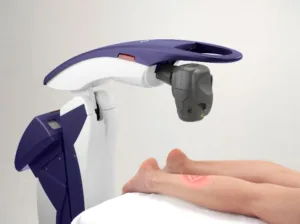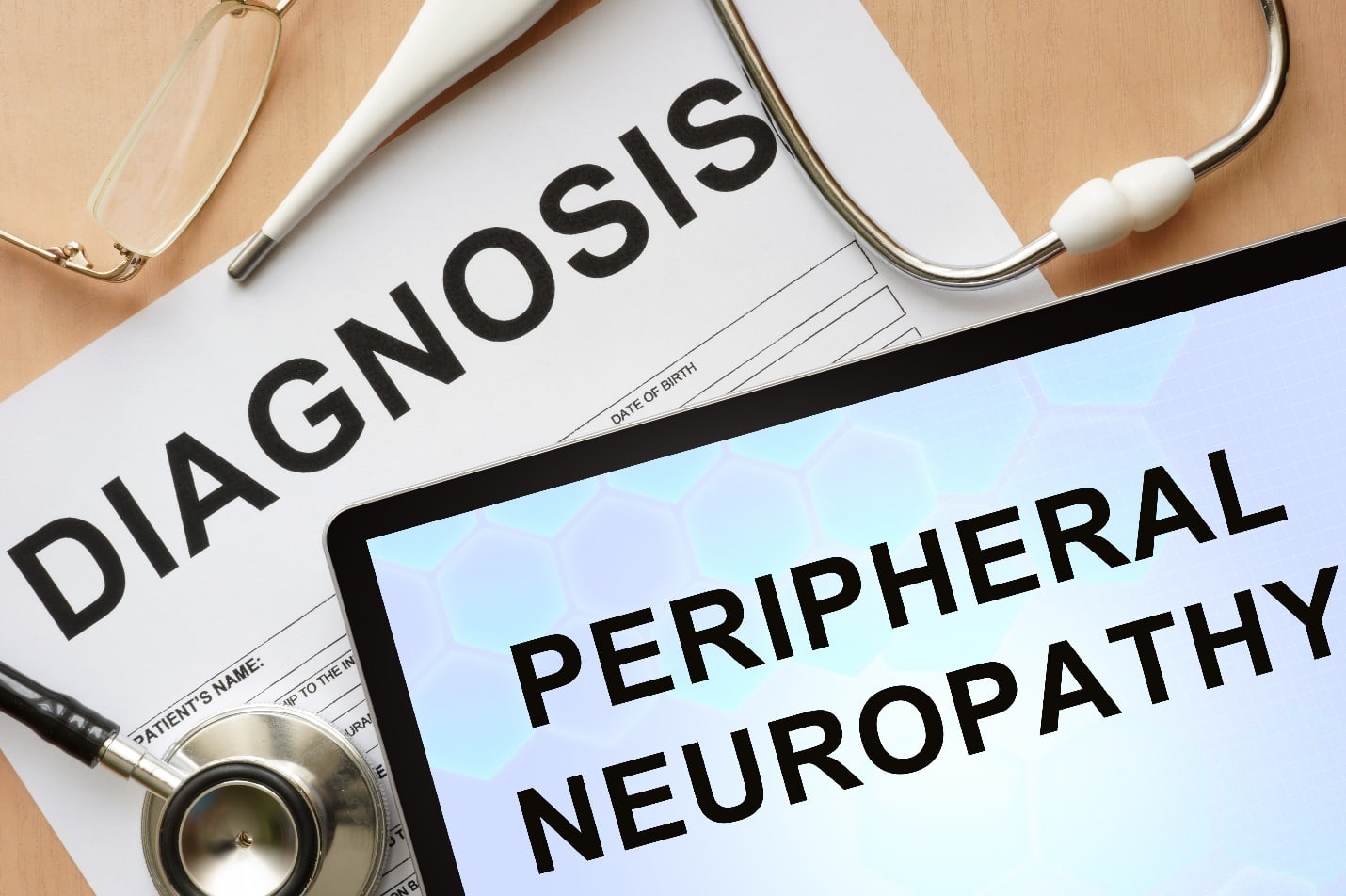Living with painful peripheral neuropathy can be an ongoing challenge. This condition, which affects the nerves outside the brain and spinal cord, often leads to debilitating pain, numbness, and tingling sensations in the extremities. While traditional treatment options have provided some relief, the emergence of MLS (Multiwave Locked System) laser therapy has opened up new possibilities for effectively managing neuropathic pain. In this blog post, we will explore the potential of MLS laser therapy in reducing pain and improving the quality of life for individuals suffering from painful peripheral neuropathy.
Understanding Peripheral Neuropathy
Peripheral neuropathy is a condition that occurs when the peripheral nerves are damaged or malfunctioning. It can result from various underlying causes such as diabetes, autoimmune disorders, infections, trauma, and certain medications. The symptoms can manifest as sharp or burning pain, numbness, tingling, weakness, and coordination difficulties, primarily affecting the hands and feet.
Traditional Treatment Approaches
Traditionally, the treatment of painful peripheral neuropathy has focused on managing the symptoms and addressing the underlying cause whenever possible. Common approaches include:
- Medications: Over-the-counter pain relievers, prescription drugs such as antidepressants, anticonvulsants, and opioids may be prescribed to manage pain and discomfort.
- Physical Therapy: Physical therapy techniques like exercises, stretching, and balance training may help improve mobility and reduce pain.
- Lifestyle Modifications: Adopting a healthy lifestyle with a balanced diet, regular exercise, and managing underlying conditions like diabetes can minimize the progression of neuropathy.
MLS Laser Therapy: A New Ray of Hope
 MLS laser therapy represents a cutting-edge approach to pain management that has shown promising results in treating peripheral neuropathy. It involves the use of an MLS laser device, which emits two synchronized wavelengths of light, one continuous and the other pulsed. This unique combination of wavelengths creates a synergistic effect that stimulates the healing process at the cellular level, reduces inflammation, and promotes tissue repair.
MLS laser therapy represents a cutting-edge approach to pain management that has shown promising results in treating peripheral neuropathy. It involves the use of an MLS laser device, which emits two synchronized wavelengths of light, one continuous and the other pulsed. This unique combination of wavelengths creates a synergistic effect that stimulates the healing process at the cellular level, reduces inflammation, and promotes tissue repair.
How MLS Laser Therapy Works
MLS laser therapy works by penetrating deep into the affected tissues, targeting damaged cells, and enhancing their regenerative capabilities. The light energy stimulates the production of ATP (Adenosine Triphosphate), a molecule responsible for cellular energy production, leading to accelerated healing and pain reduction. Additionally, the therapy helps increase blood flow to the affected area, improving oxygenation and nutrient supply, which further aids in tissue repair.
The Treatment sessions
- The treatment sessions include all limbs with painful neuropathy. The time of the sessions can depend on how many extremities need to be treated but can range from 20-40 minutes. Bilateral legs are the most common regions treated. Multiple nerve paths will be targeted with both the MLS Laser head device as well as the hand-held device.
- There is no downtime or activity limitations post treatment.
- Most people will need 12 sessions of treatment with most starting to feel improvement after the 3rd to 4th treatment.
Benefits of MLS Laser Therapy for Painful Peripheral Neuropathy
- Non-Invasive and Drug-Free: MLS laser therapy is a non-invasive treatment option that does not require medications, making it an appealing choice for individuals seeking drug-free alternatives for pain management.
- Effective Pain Relief: Numerous clinical studies have demonstrated the effectiveness of MLS laser therapy in reducing pain associated with peripheral neuropathy. Patients often report a significant decrease in pain levels and increased function.
- Improved Quality of Life: By alleviating pain and discomfort, MLS laser therapy can enhance overall quality of life for individuals suffering from peripheral neuropathy. It allows them to engage in daily activities with reduced limitations and experience better sleep and emotional well-being.
- Minimal Side Effects: MLS laser therapy is well-tolerated and typically associated with minimal side effects. Unlike some medications, it does not pose risks of addiction, dependency, or systemic adverse effects.
While MLS Laser therapy is not a cure for painful peripheral neuropathy it can be part of a comprehensive treatment approach for managing pain from peripheral neuropathy.
Consultation and Treatment
Contact Regenexx Las Vegas if you want to find out more about is MLS laser would be an option for your painful peripheral neuropathy.
References:
Kumar et al, Efficacy of low level laser therapy on painful diabetic peripheral neuropathy, Laser therapy, 2015 Oct 2; 24(3): 195–200.
Abeer A, Yamany, Hayam M. Sayed. Effect of low level laser therapy on neurovascular function of diabetic peripheral neuropathy. Journal of Advanced Research, 2012; 3(1): 21-28.
Zinman LH, Ngo M, Ng ET, Nwe KT, Gogov S, Bril V. Low intensity laser therapy for painful symptoms of diabetic sensorimotor polyneuropathy: a controlled trial. Diabetes Care 2004; 27(4):921-4
